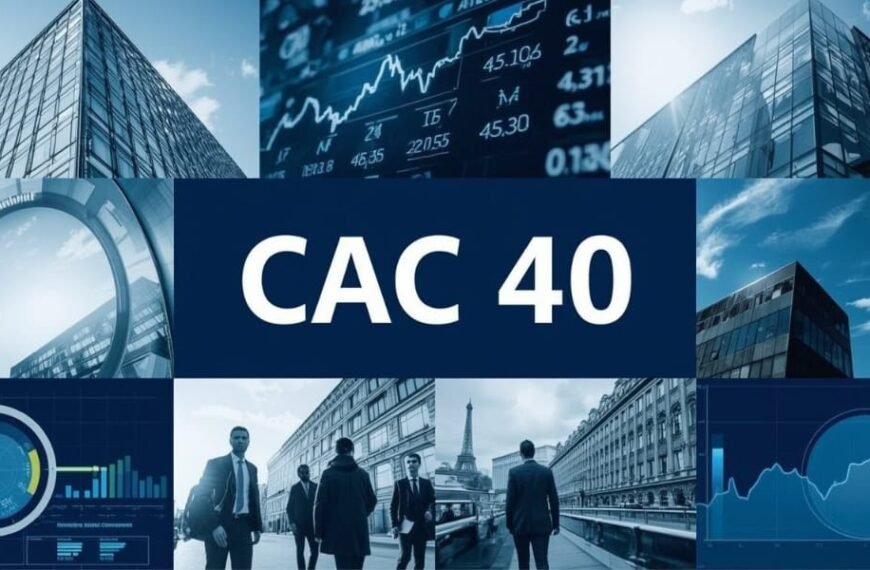Modern data centers are the brain of our digital world, responsible for managing and delivering the vast amounts of data we generate daily. At the core of their operation lies a crucial yet sometimes overlooked component — data center racks.
These racks do far more than just hold servers; they play a pivotal role in ensuring server efficiency, reducing downtime, and improving system reliability. But how do they achieve this? Let’s explore everything you need to know about data center racks and their impact on server performance.
Why Data Center Racks Matter?
Data center racks are meticulously designed to house servers, network equipment, and other critical hardware. Their functionality extends beyond mere storage, contributing directly to optimizing cooling, cable management, and overall organization within the data center. This enhancement allows facilities to maximize server performance while reducing operational costs.
One key factor to consider when choosing data center racks is their customization options. Racks can be tailored to fit the specific needs of a business, ensuring that servers are housed in the most efficient and effective way possible. Customization might include unique dimensions, advanced airflow systems, or enhanced cable management features. These capabilities make data center racks an essential asset for maintaining high performance and reliability.
The Role of Airflow Management in Server Efficiency
One major influence on a server’s efficiency is its operating temperature. Overheating can lead to sudden crashes, slow performance, or even permanent damage to critical hardware. This is where data center racks shine, particularly in terms of airflow management.
Modern racks are designed with precision to support effective cooling. For example, perforated doors and panels facilitate airflow, allowing cool air to reach servers while directing hot air away. Some racks even include built-in airflow ducts to further enhance cooling efficiency, minimizing the risk of hotspots. By improving temperature control, data center racks reduce the strain on HVAC systems and lower overall energy consumption.
Additionally, racks can contribute to more advanced cooling solutions, such as hot aisle/cold aisle containment strategies. This design organizes server rows in a way that ensures cool air intake and hot air exhaust remain separated, further optimizing temperature management across a facility.
The Domino Effect of Good Airflow
Effective airflow management doesn’t just protect your servers; it delivers broader benefits too:
- Lower Energy Costs: Easier cooling means less dependence on resource-heavy air conditioning systems.
- Extended Server Lifespan: Cooler hardware experiences less wear and tear, helping to delay replacements.
- Higher Reliability: By maintaining optimal operating temperatures, you’re less likely to experience sudden server failures.
Space Optimization with Data Center Racks
Data center real estate comes at a premium. The more equipment you can store efficiently, the more you’ll get out of your infrastructure. Data center racks are designed to maximize space utilization by providing compact, scalable solutions.
Standard racks are typically built to accommodate multiple server units stacked vertically, balancing volume with accessibility. However, modern designs go further. Adjustable rack heights, sliding rails, and modular cabinet systems offer flexibility for data centers of all sizes. By utilizing every inch of space effectively, these racks enable facilities to house more equipment without the need to expand their footprint.
Horizontal organization is also a consideration. Some facilities use wider racks to store cable routing panels or other side-mounted equipment. This ensures cables, routers, and power strips are neatly organized without interfering with the servers themselves.
Improving Cable Management
Efficient cable handling is another vital aspect of server operations. A messy tangle of cables can lead to inefficiencies, connectivity issues, and even surpassed airflow pathways. Thankfully, data center racks are equipped with well-thought-out cable management systems that make a world of difference.
How Data Center Racks Solve Cable Woes
- Cable Channels: Dedicated pathways keep wires running neatly and away from obstruction points.
- Velcro Straps and Clips: Simple tools ensure cables are held securely in place and allow for easy adjustments when needed.
- Rear Access Panels: Allow technicians to easily work on connections without disturbing servers.
These features combine to ensure that network connections remain stable, accessible, and error-free. Beyond improving server reliability, good cable management also enhances diagnostic troubleshooting. When every cable is clearly labeled and neatly arranged, identifying and resolving connection issues becomes a faster, easier task.
Durability and Longevity
Durability is a key consideration when investing in data center racks. Racks in busy facilities need to withstand regular installations, adjustments, and potentially harsh environmental conditions. The materials and build quality of the rack play a critical role in its longevity.
High-quality data center racks are typically crafted from sturdy materials like cold-rolled steel or aluminum, ensuring they can hold the weight of servers and other equipment without bending or buckling. Some designs also feature powder-coated finishes for corrosion resistance, making them suitable for uptime-critical industries like finance or healthcare.
Furthermore, modern racks often incorporate anti-vibration features. Vibrations might seem trivial, but over time they can disrupt equipment function and even cause gradual damage. Anti-vibration designs ensure a more stable environment for sensitive hardware.
The Importance of Scalability
Today’s rapid technological advancements mean that businesses are constantly updating and expanding their IT infrastructure. A well-designed data center rack accommodates this growth seamlessly by being scalable and adaptable.
For instance, racks with adjustable mounting rails allow you to fit a variety of server sizes within the same enclosure. Modular systems, on the other hand, enable facilities to add more units as needed without overhauling their setup entirely. Scalability in data center racks ensures your infrastructure can grow in tandem with your needs, saving money while minimizing downtime during transitions.
Additional Features for Modern Racks
The evolution of data center racks doesn’t stop at basic functionality. Manufacturers are continually incorporating new features to enhance efficiency and usability.
Some Innovative Additions
- Smart Monitoring Systems: Equipped with IoT sensors, these racks provide real-time data on temperature, airflow, and energy consumption.
- Tool-less Designs: Simplify installation and maintenance, reducing time and labor costs.
- Advanced Security Options: RFID locks and biometrics ensure that only authorized personnel can access sensitive hardware.
These features reflect the growing sophistication of modern data centers, where even small improvements in rack design can translate into significant operational benefits.
Choosing the Right Rack for Your Data Center
Given the wide range of features and designs available, selecting the right data center rack may feel overwhelming. Here’s what you should prioritize:
- Compatibility: Ensure the rack can accommodate your existing servers and future equipment.
- Airflow Design: Look for racks that support optimized cooling methods.
- Cable Management: Choose systems with clearly defined cable routing solutions.
- Customizability: If you have unique needs, explore the possibility of custom designs.
- Durability: Invest in racks that will hold up to years of use under demanding conditions.
Remember, the right rack can have a long-term impact on your data center’s efficiency, so it’s worth taking the time to make an informed choice.
Conclusion
Data center racks are an indispensable part of any efficient IT infrastructure. They’re not just storage units; they’re essential tools for optimizing airflow, space, cable management, and durability. By selecting the right racks and leveraging their full potential, you can boost performance and reduce costs across the board.
Whether you’re upgrading a single room or overseeing a large facility, partnering with manufacturers that understand the importance of tailored solutions will make all the difference. Look for options that meet your current needs while leaving room for growth, so you can keep up with the accelerating demands of the digital age.









